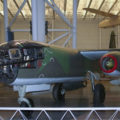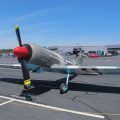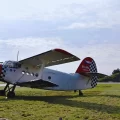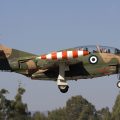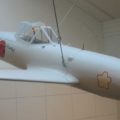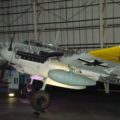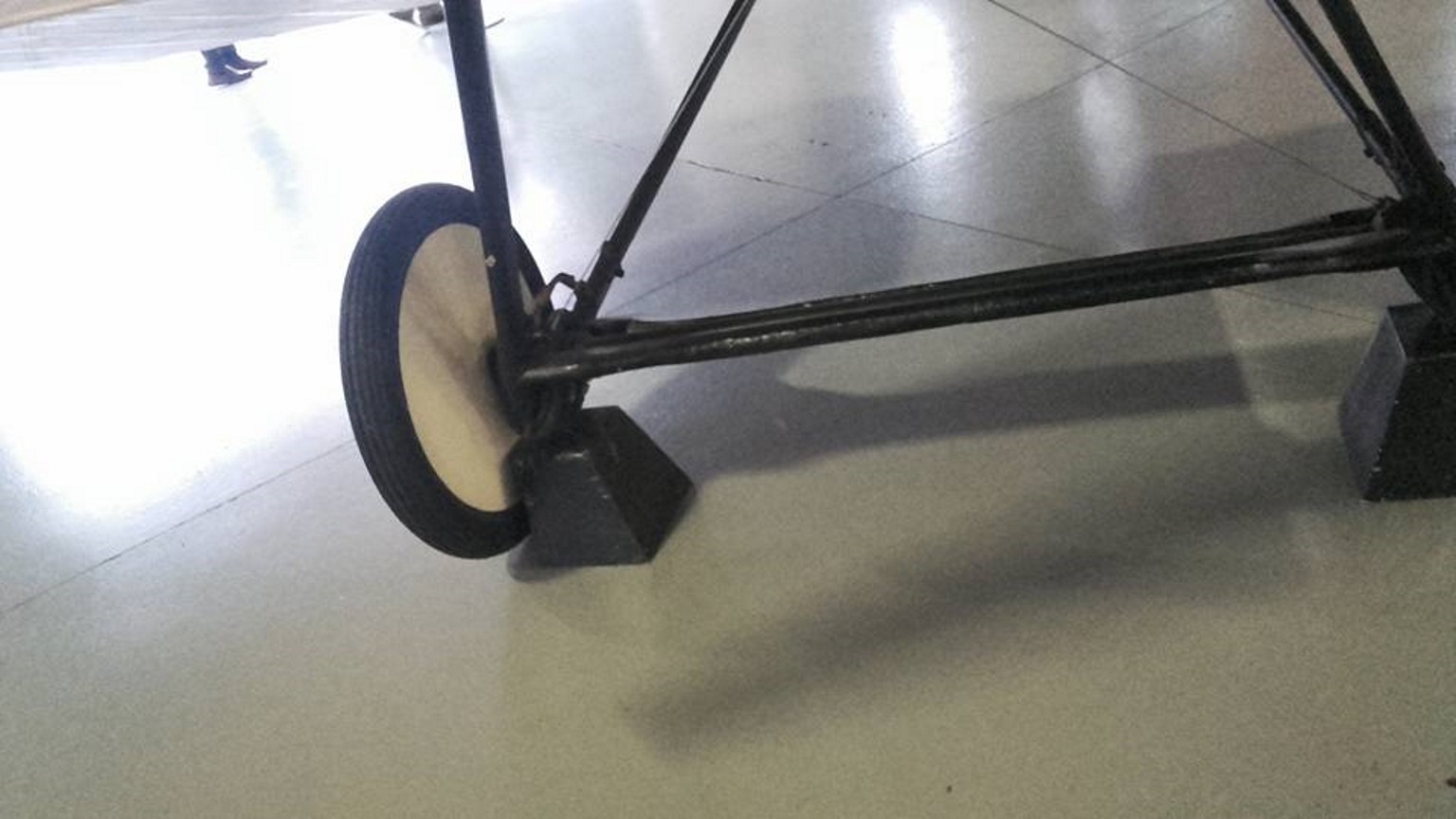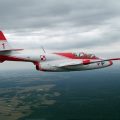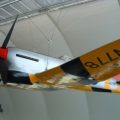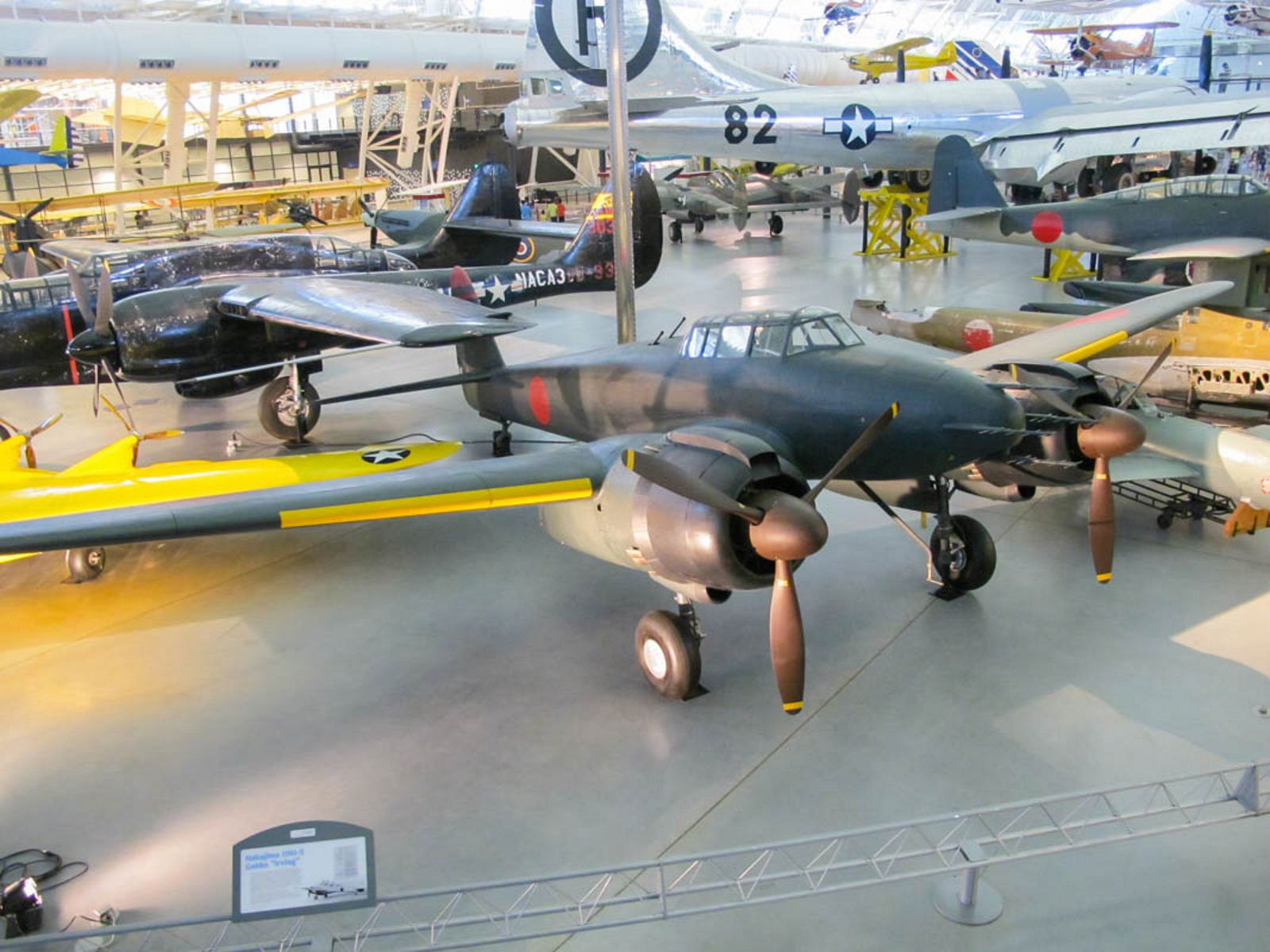
Накадзима J1N1-S Гекко | |
| Страны | Япония |
| Тип | Двухмоторный самолет |
| Фотографии | Владимир Якубов |
| Найти | Национальный музей авиации и космонавтики |
| Описание | Альбом 64 фотографии прогулки «Nakajima J1N1-S Gekko» |
Фотогалерея Накадзима J1N1-S Гекко, The Nakajima J1N1 Gekko (月光 “Moonlight”) was a twin-engine aircraft used by the Japanese Imperial Navy during World War II and was used for reconnaissance, night fighter, and kamikaze missions. The first flight took place in May 1941. It was given the Allied reporting name “Irving”, since the earlier reconnaissance version the J1N1-C, was mistaken for a fighter.
Источник: Накадзима J1N1-S Гекко на Вики
| Спецификации | |
|---|---|
| Роль | Истребитель |
| Производителя | Авиастроительная компания Накадзима |
| Первый полет | Май 1941 | Знакомство | 1942 |
| Отставке | 1945 |
| Номер построен | 479 |
Читайте также:
Teh Накадзима J1N1-S Гекко — двухмоторный истребитель, разработанный компанией Nakajima Aircraft Company для Императорского флота Японии во время Второй мировой войны. Первоначально он был спроектирован как истребитель сопровождения дальнего действия, но оказался слишком медленным и тяжелым для этой роли. Вместо этого он был модифицирован в самолет-разведчик, а затем в успешный ночной истребитель и атакующий камикадзе. J1N1-S Gekko имел экипаж из двух человек, пилота и штурмана/радиста, и был вооружен четырьмя 20-мм пушками, установленными в фюзеляже, две из которых стреляли вверх и две вниз под углом 30 градусов. Это позволяло «Гекко» атаковать бомбардировщики союзников сверху или снизу, избегая их оборонительного огня.
Teh J1N1-S Гекко также имел радиолокационную систему, помогающую обнаруживать и отслеживать вражеские самолеты в темноте. «Гекко» получил кодовое имя союзников «Ирвинг» после того, как более ранняя разведывательная версия была ошибочно принята за истребитель. «Гекко» впервые принял участие в боевых действиях в мае 1943 года, когда модифицированный в полевых условиях J1N1-C сбил два B-17 над Рабаулом. J1N1-S Gekko был официально принят на вооружение в июне 1943 года и служил до конца войны, в основном на Тихоокеанском театре военных действий. Это был один из немногих японских самолетов, который мог бросить вызов превосходству союзников в воздухе ночью, и на его счету более 200 сбитых самолетов. Тем не менее, он также понес тяжелые потери от истребителей союзников и зенитного огня, и многие из них были использованы в миссиях смертников на заключительных этапах войны. Nakajima J1N1-S Gekko был универсальным и инновационным самолетом, который продемонстрировал японскую изобретательность и способность приспосабливаться к невзгодам.
Просмотров: 3827


